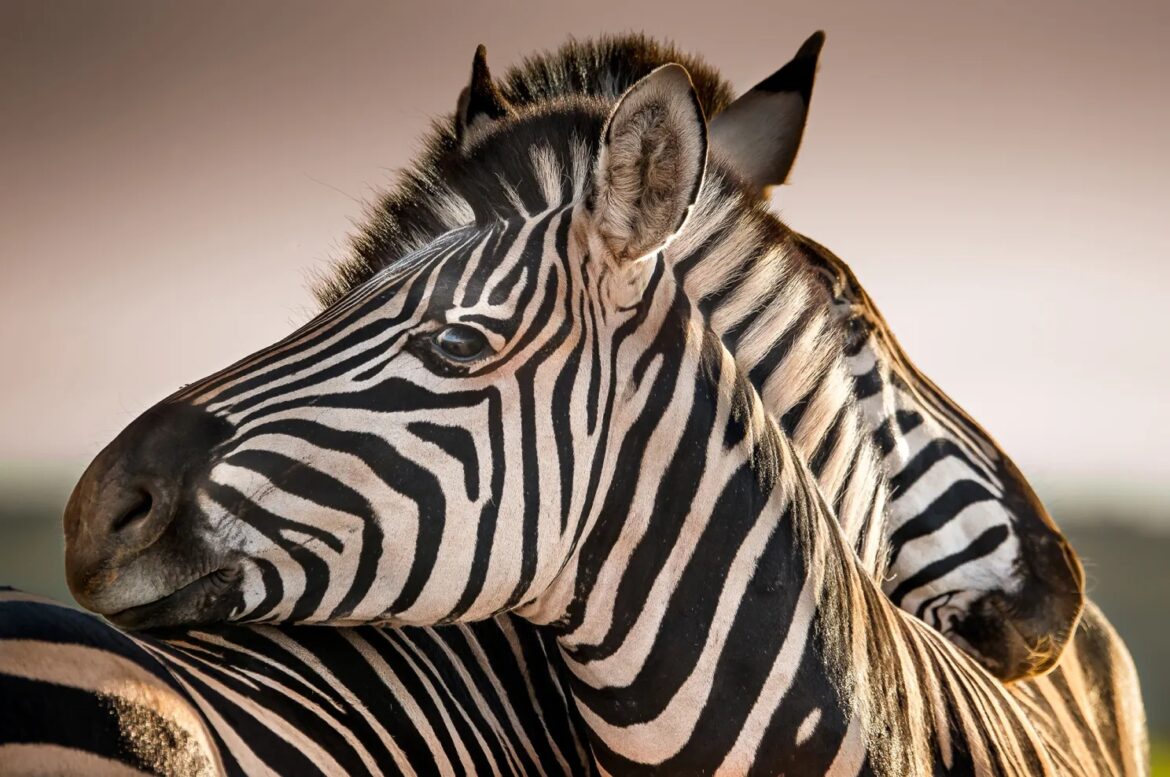844
If you have been able to explain why zebras are striped, you should not miss the latest findings on the phenomenon
Why zebras are striped
Many people who study wildlife know that the zebras’ stripes are meant to confuse other animals that want to attack the zebras.
- A zebra’s reflex is to run away as soon as it senses danger. It moves its body parts in different directions as it runs. This causes the stripes and the corresponding pattern to shift.
- For the observer or attacker, the stripes flicker and flash. They move up and down and confuse him so much that he can no longer properly recognize the running animal. So the zebra escapes to the safe zone and gets out of danger
- A team of experts led by Brenda Larison (ecologist) found out that the stripes are not only used to confuse biting flies, as was thought. They were unable to establish any connection with the theory that the tsetse flies are confused when a zebra runs and therefore avoid the animal.
- The team found that the link was more likely to be between stripes and ambient temperature. They studied different populations in different regions. The warmer the environment, the more pronounced the stripe patterns were, leading the researchers to conclude that the stripes function like a natural cooling system.
- The differently colored stripes in the fur keep the air moving. As a result, more sweat evaporates and the animal’s skin cools down. In cooler regions, the stripe patterns of zebras are less pronounced, as strong cooling is not required here.
- However, Larison also upholds the tsetse fly theory. He says that the strips do not reduce the number of flies, but do reduce the risk of spreading the parasites carried by the flies.
- In 2012, a team of researchers led by Tim Caro (biologist and wildlife expert) at the University of California also looked into the question of stripes. Using video analysis, they were able to prove that zebra stripes deter approaching insects. However, they were also able to see that zebras actively wag their tails to ward off the insects.
- The question of stripes will probably continue to occupy scientists. So far, however, everyone seems to agree on the thesis that the stripes do not just fulfill one function. They serve as insect repellent as well as camouflage and natural cooling. Although the latter is often questioned by some researchers.
- By the way: Researchers at Lund University in Sweden have already discovered that zebras have black fur in the womb. The white stripes only develop in the coat very shortly before the foal is born. This means that zebras have white stripes

